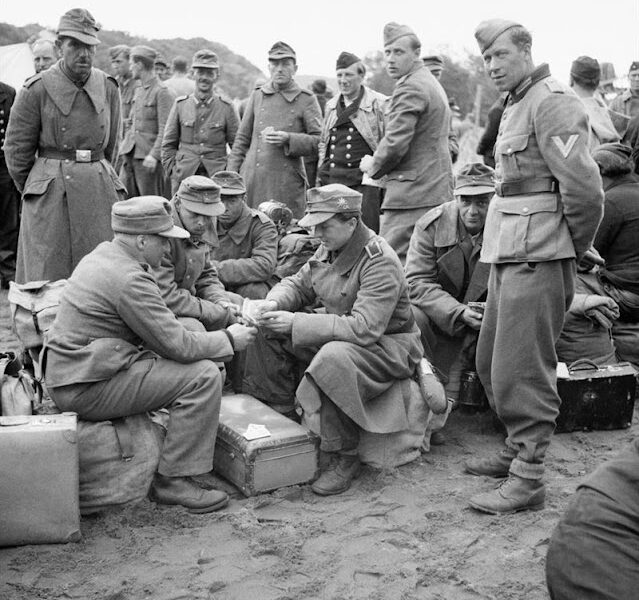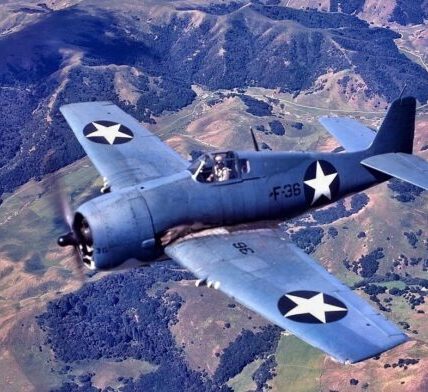Norway After Liberation: Rare Historical Photos Show German Prisoners of War in 1945 and Their Impact.H
The German occupation of Norway began on 9 April 1940 after German forces invaded the neutral Scandinavian country of Norway. It ended on 8 May 1945, after the capitulation of German forces in Europe. Throughout this period, Norway was continuously occupied by the Wehrmacht.
Civil rule was effectively assumed by the Reichskommissariat Norwegen (Reich Commissariat of Norway), which acted in collaboration with a pro-German puppet government, while the Norwegian King and legitimate government continued to operate in exile from London.
This period of military occupation is in Norway referred to as the “war years” or “occupation period”.
 |
| German prisoners of war being processed prior to embarkation from Norway to Germany. Here prisoners rest at the embarkation camp at Mandal prior to boarding boats for Germany. |
Advertisement
 |
| German prisoners of war at Elverum camp being processed prior to embarkation from Norway to Germany. Here prisoners repack their belongings after the interrogation and search processes. |
 Advertisement
|
| German prisoners of war at Elverum camp being processed prior to embarkation from Norway to Germany. Here prisoners prepare to move to the embarkation camp at Mandal. |
 |
| Ruth Anderson, the only Norwegian woman to work at the Gestapo HQ, under arrest and awaiting trial. |
 |
| German prisoners of war from Elverum camp prepare for embarkation from Norway to Germany. Here prisoners board boats at Mandal to take them to Germany. |
 |
| German prisoners of war at Elverum camp being processed prior to embarkation from Norway to Germany. Here a prisoner is frisked and a search made of all his possessions. |
 |
| German prisoners of war from Elverum camp prepare for embarkation from Norway to Germany. Here a boat loaded with prisoners prepares to embark from Mandal for Germany. |
 |
| Storeroom at Solar aerodrome, Stavanger, holding some of the estimated 30,000 rifles taken from German forces in Norway after their surrender. |
 |
| A collection of German military equipment including artillery pieces, searchlights, tanks and lorries at Solar aerodrome, Stavanger. |
 |
| A line of German 7.5cm anti-tank guns at Solar aerodrome, Stavanger. |
 |
| A line of Messerschmitt Bf 110 night fighters at Solar aerodrome, Stavanger, Norway, 1945. |
 |
| An officer of a Highland regiment inspects a German Molch (Salamander) one-man submarine at Solar aerodrome, Stavanger, Norway. |
 |
| A German prisoner engaged in clearing a minefield near Stavanger fixes a fuse to a Teller mine. These mines were too dangerous to move and so were blown up where they were located. |
 |
| A German prisoner engaged in clearing a minefield near Stavanger probes for mines in a crater. |
 |
| A German prisoner engaged in mine clearance duties near Stavanger unearths an anti-personnel mine. |
 |
| The explosion caused from the detonation of German Teller mines during the clearing of a minefield near Stavanger. |
(Photos: Imperial War Museum)






 Schmetterling-Rakete: Deutschlands geheimes Flugabwehr-Projekt im Zweiten Weltkrieg .h
Schmetterling-Rakete: Deutschlands geheimes Flugabwehr-Projekt im Zweiten Weltkrieg .h